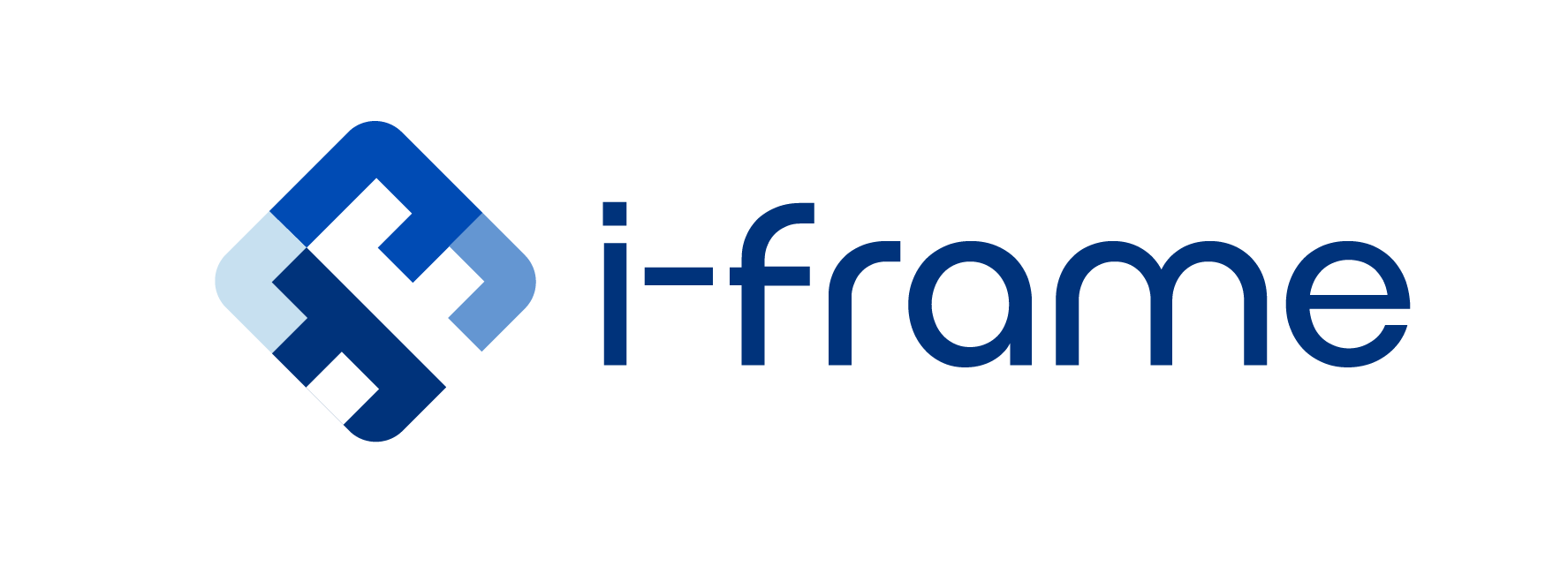Reliable Performance in Any Environment
Consistent Experience Across All Platforms with i-frame
Today’s digital solutions should not depend solely on an operating system.
i-frame runs natively in Windows, Linux and macOS environments, providing consistency, accessibility and flexibility across different IT architectures.
- Eliminates single platform dependency
- Offers sustainable use across different devices and infrastructures
- Creates a cohesive experience across development, deployment and use
Integration
Windows
Linux
macOS
Areas of Use
Development
Test
Dissemination
Compatibility
.NET Core
Web Based
Responsive
Compatibility with Operating Systems
Windows Compatibility
Comprehensive support for enterprise infrastructures
- Compatible with new and old Windows versions
- Optimized operation for performance-sensitive applications
- Developer-friendly deployment environment
i-frame provides a secure, efficient and sustainable development experience for Windows users.
Linux Compatibility
Unlimited integration in the open source world
- Ready-made architecture for common distributions like Ubuntu, CentOS, Debian
- Terminal-supported installation and management
- Lightweight, welding-friendly operation
Especially in government, production and data analysis, Linux flexibility deepens with i-frame.
macOS Compatibility
For design-oriented and productive teams
- Broad compatibility from macOS Ventura to older versions
- Intuitive interface compatibility for MacBook and iMac users
- Hybrid development advantage with GUI and terminal access
i-frame combines aesthetic and technical harmony for developers working in the Apple ecosystem.
“i-frame does not bridge operating systems; it works natively with all of them.”


Why These Integrations Provide Strategic Advantage?
Productivity Increase
Working structure that does not require transition between systems
- Same experience on every device
- Single architecture alignment across development and deployment
- Planning according to need, not according to equipment
Example: Development starts on Linux, testing is done on Windows, installation is completed on macOS – one platform, one behavior.
Data Accuracy and Consistency
Same data structures regardless of operating system
- Reduction of environment-specific deviations in code
- Minimal surprise in test-to-live transition
- Synchronized data transfer across all systems
This is especially critical in continuous integration and DevOps environments.
Enhanced User Experience
Same fluency in the environment users are used to
- Performance in the terminal for the developer, intuitiveness in the interface for the user
- End-user flexibility with platform independent applications
- Platform-independent intervention in maintenance processes
Example: An application running on a Linux-based server can also run in an optimized view for Windows users.

